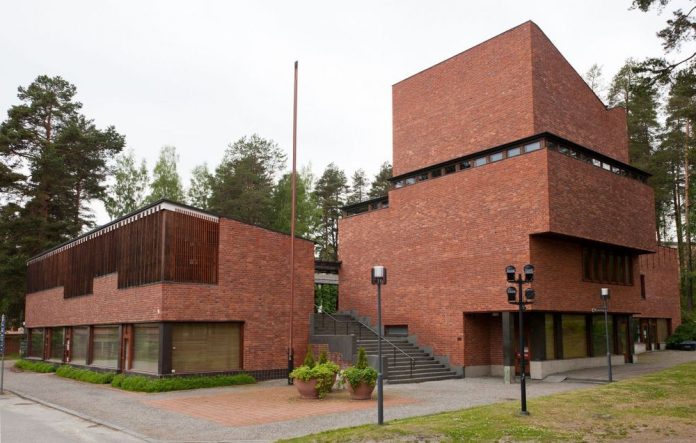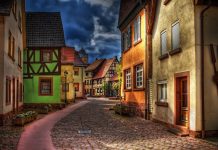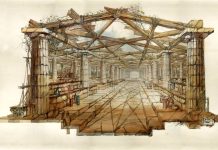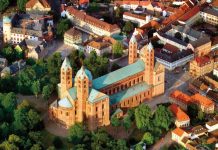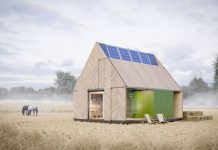Just as the concept of modernity can be understood in different ways, there have been many definitions of modernism in the literature and art of various countries in the late 19th and early 20th centuries. Its meaning evolved over time, causing many misunderstandings and controversies.
Modernism (from Fr. moderne, Eng. modern) means tendency in architecture, encompassing many different, sometimes opposing currents (from functionalism to expressionism), developing from the beginning of the 20th century and dominant in the years 1918–1972. It was against copying historical styles and was founded on a new creative method based on the principles of functional design and the manipulation of abstract forms, space, and light, as well as on the rational use of materials such as steel, glass, and concrete, often using prefabrication technology.
Modernist architects visually exposed the structure elements and restrained the colour palette, with a predominance of white and grey. They rejected in architecture all narrative, symbolism, and ornament. An important point of the doctrine of modernism was the social program focused on the development of affordable housing communities along with social infrastructure and green areas.
Modernism understood more widely is “generally any movement or climate of ideas, especially in the arts, literature, or architecture, that supports change, the retirement of the old or traditional, and the forward march of the avant-garde. More specifically, adherence to the ideas and ideals of the Enlightenment. This is the sense that gives rise to the contrary movement of postmodernism”.
Modernism (1920–1960), also known as the modernist movement. It marked a conscious break with the past and was a dominant trend in the design practice, production, and theory of the 20th century. In general, the expression emphasizes using modern materials such as steel, glass, and concrete and manipulating abstract forms, space, and light as well as restraint in the use of colour palette, with the predominance of white, grey, and black. (Oxford Dictionary of Modern Design: Modernism) This strictly avant-garde trend was also known as functionalism. Characteristics
The rejection of the academic tradition of formal aesthetics and spatial hierarchies in favour of innovative creativity based on simplicity, abstraction, and the rationalization of problems arising from the place, destination, and available technology.
Unity of spatial form and function with the structure system, which was recognized as the basic criterion of beauty and harmony in architecture.
A clear design system, expressed in a sincere manner by the proper use of technology and the visible exposure of materials, without unnecessary decoration.
Avoidance of symmetry in composition.
The release of external walls from the load-bearing functions by rhythmic spacing of columns and, consequently, the possibility of a “Free plan” divided by light partition walls or interior arrangements; the use of closed spaces only where necessary. Famous slogans: “Form follows function (functions)” by L. Sullivan; “Less is more” by Mies van der Rohe, used already in 1774 by German writer Ch. M. Wieland; and “Ornament und Verbrechen” (Decoration is a crime) by Adolf Loos.
Purism and simplicity, aesthetics of the machine, anti-metaphor, rationalism, logic. The action of architects and planners in the sense of a social mission to fulfil the basic needs of housing, medical care, and access to education and culture, propagating the ideas of democratization and social equality. Faith in progress, assignment to the architect the creative power of the Platonic demiurge.
Leaders of Modernism Frank Lloyd Wright (1867–1959); Louis Kahn (1901–1974) in the US; the Bauhaus school in Germany (Walter Gropius (1883–1969) and Ludwig Mies van Der Rohe (1886–1969) – students of Peter Behrens), Swiss and French architect Le Corbusier (Charles-Édouard Jeanneret (1887–1965)); Brazilian Oscar Niemeyer (1907–2012); and Alvar Aalto (1898–1976) from Finland.

